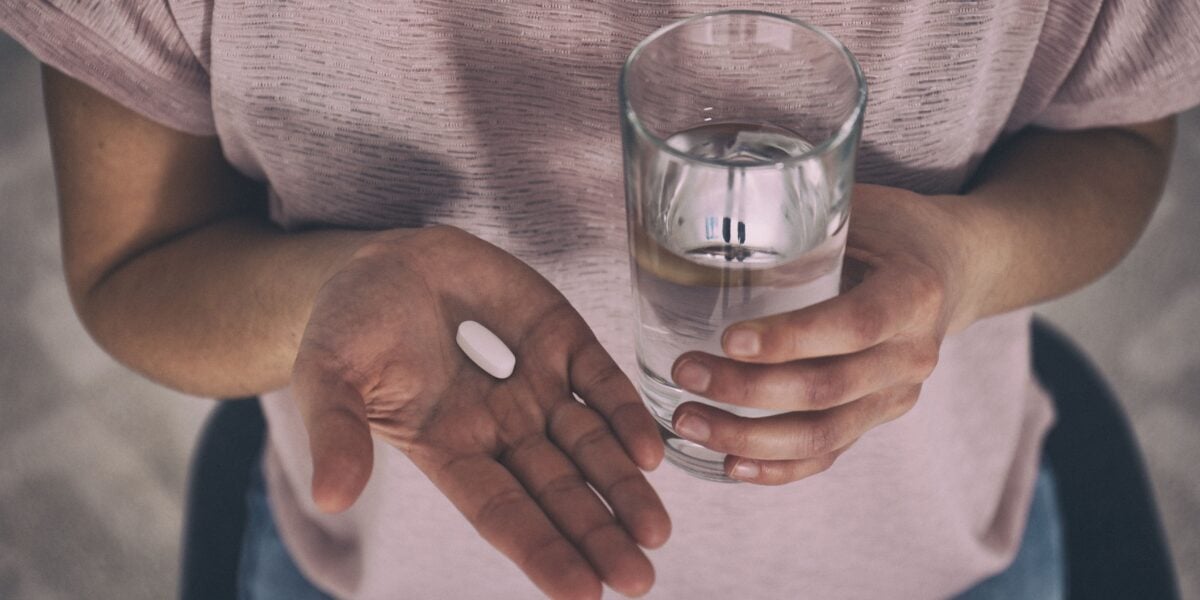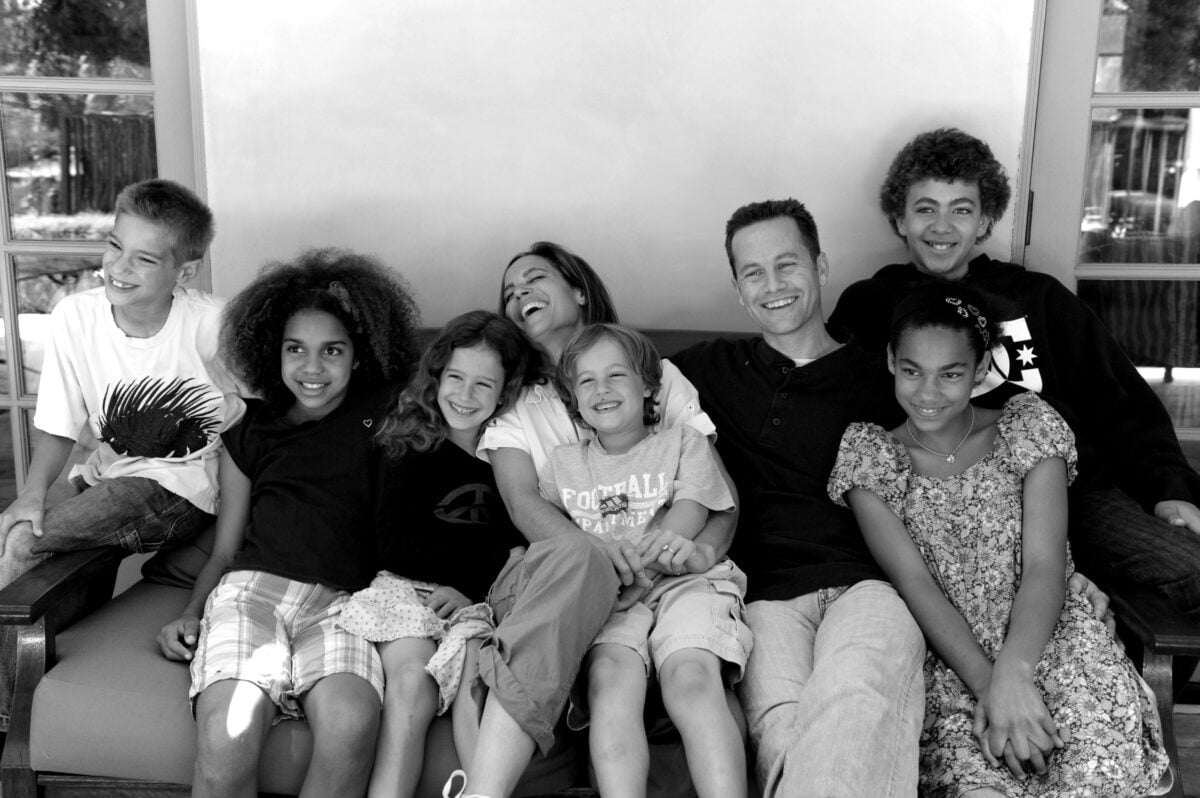Many have likely been following the tragic case of Charlie Gard, fighting for his life in Great Britain.
He was born a healthy baby boy to his two adoring parents, Chris and Connie, last August.
And then in September, the unthinkable, the dreaded nightmare of every parent, happened. After noticing he was losing, not gaining, weight, his parents took him to the hospital for testing. He was diagnosed with a rare genetic condition called mitochondrial DNA depletion syndrome. This condition causes progressive muscle weakness and brain damage.
He became only the 16th person in the world to be diagnosed with the condition.
Devastated, but willing to fight for his life, his parents found a doctor in America who offered a trial therapy for their son. They quickly raised over 1.4 million pounds (over 1.8 million dollars) via GoFundMe to pay for the ambulatory flight and therapy. Suddenly, after months of shock and heartache, there seemed to be a light, though faint, at the end of their very dark tunnel.
And then, in a sickening and twisted turn of events, Connie and Chris faced an even more unthinkable devastation than the discovery of their child’s rare genetic condition: Charlie’s doctors said they thought it best that he “die with dignity.” They argued that the therapy in the US is experimental, wouldn’t help (a judgment call they made on their own), and decided Charlie’s life support should stop as a result.
Connie and Chris lost one legal battle after another in an effort to reverse the doctors’ decision and they hoped the European Court of Human Rights would come to their aid this past week. But the ECHR rejected their plea. This means Charlie’s life support machine will be turned off.
What kind of world do we live in that allows courts, doctors, and the human rights community to decide that “death with dignity” supersedes the parents’ wishes for life?
A statement from the ECHR reads, in part, ‘The domestic courts had concluded, on the basis of extensive, high-quality expert evidence, that it was most likely Charlie was being exposed to continued pain, suffering and distress and that undergoing experimental treatment with no prospects of success would offer no benefit, and continue to cause him significant harm.’
This brings us to some significant questions we as a society need to be prepared to answer, questions related to what kind of world we want to live in, what kind of decisions we’re okay with making, and the kind of value we decide to place on other human beings.
A hospital, court system, and international human rights court shouldn’t have greater jurisdiction than parents when it comes to decisions about the health and wellbeing of their child. The hospital and doctors have violated their Hippocratic Oath to “do no harm” under the guise of doing no harm.
Typically, “death with dignity” is promoted as the ability of a terminally ill patient to choose when to die — to end their pain — on their own terms. In this case, the terminally ill patient is a 10-month-old boy incapable of making his own decisions.
So let’s say “death with dignity” is a thing, an actual possibility. Charlie’s case can’t be touted as a “death with dignity” case because the patient isn’t making the decision.
But can we take a step back for a moment to consider what death with dignity actually means, and what the ramifications of widespread acceptance of this belief are?
- Teen suicide can’t be discouraged anymore if they’re choosing death as a way to escape physical or emotional pain they no longer desire to cope with or manage.
- Comatose, terminally ill patients lose their right to life if a hospital, doctors, courts, or caretakers or family members deem it more “appropriate” for their life to end than continue.
- The very young or very old can fall prey to this dangerous ideology that promotes death over life if their value isn’t deemed greater than their “burden” to society.
- People other than the patients or individuals can begin to have more authority over the decision for death than the actual life in question.
- Doctors who no longer want to provide care or insurance agencies who no longer want to provide services can suggest or demand “death with dignity” because society has decided death can be dignified or not. Why should they have to continue providing care or service to individuals who will eventually die anyway?
Aren’t we all going to die anyway?
Is it really dignified to promote death over life?
When we start to assign value to life that is extrinsic and not intrinsic, we begin to play God, and when that happens, anything is permissible. We can decide that life has no meaning, that individuals have no purpose in suffering, and therefore exterminate their life.
Unless a miracle with the courts or hospital takes place, Charlie’s parents no longer have the right to fight for their son’s life.
They’ll never have the chance to watch him grow, because therapy was deemed experimental and therefore not worth the time and money.
They’ll never experience his pain, his joy, his first day of school, his first time to fly a kite, his first trip to the sea, his first crush … his first birthday, because our society believes in “death with dignity.”
Death with dignity robs us of life. Death with dignity says a life of pain has no meaning, a life of suffering has no value, and a future full of unknowns isn’t worth venturing into.
It’s a dangerous ideology and path. Is it one we’re willing to continue down?
*All photos taken from The Daily Mail.













